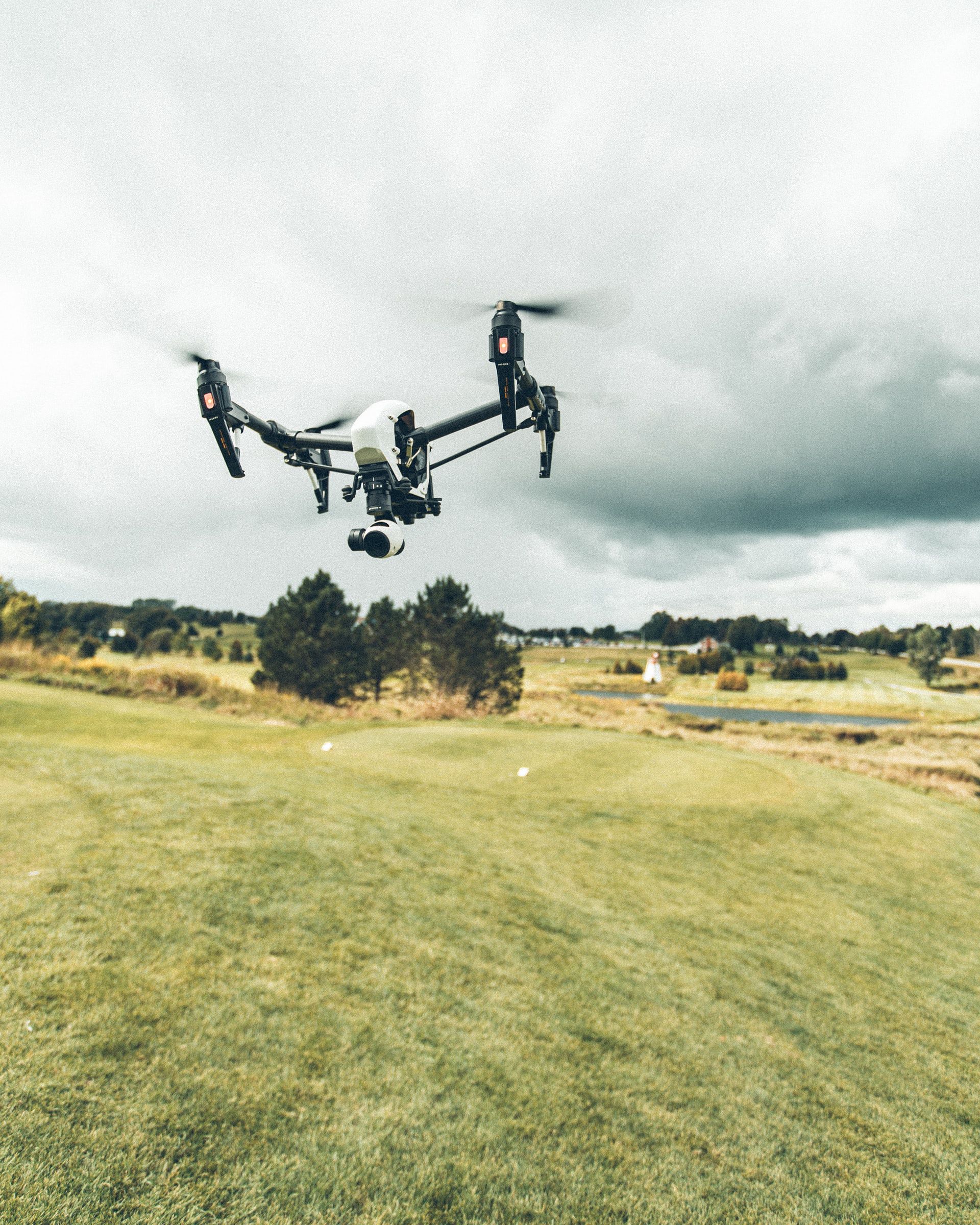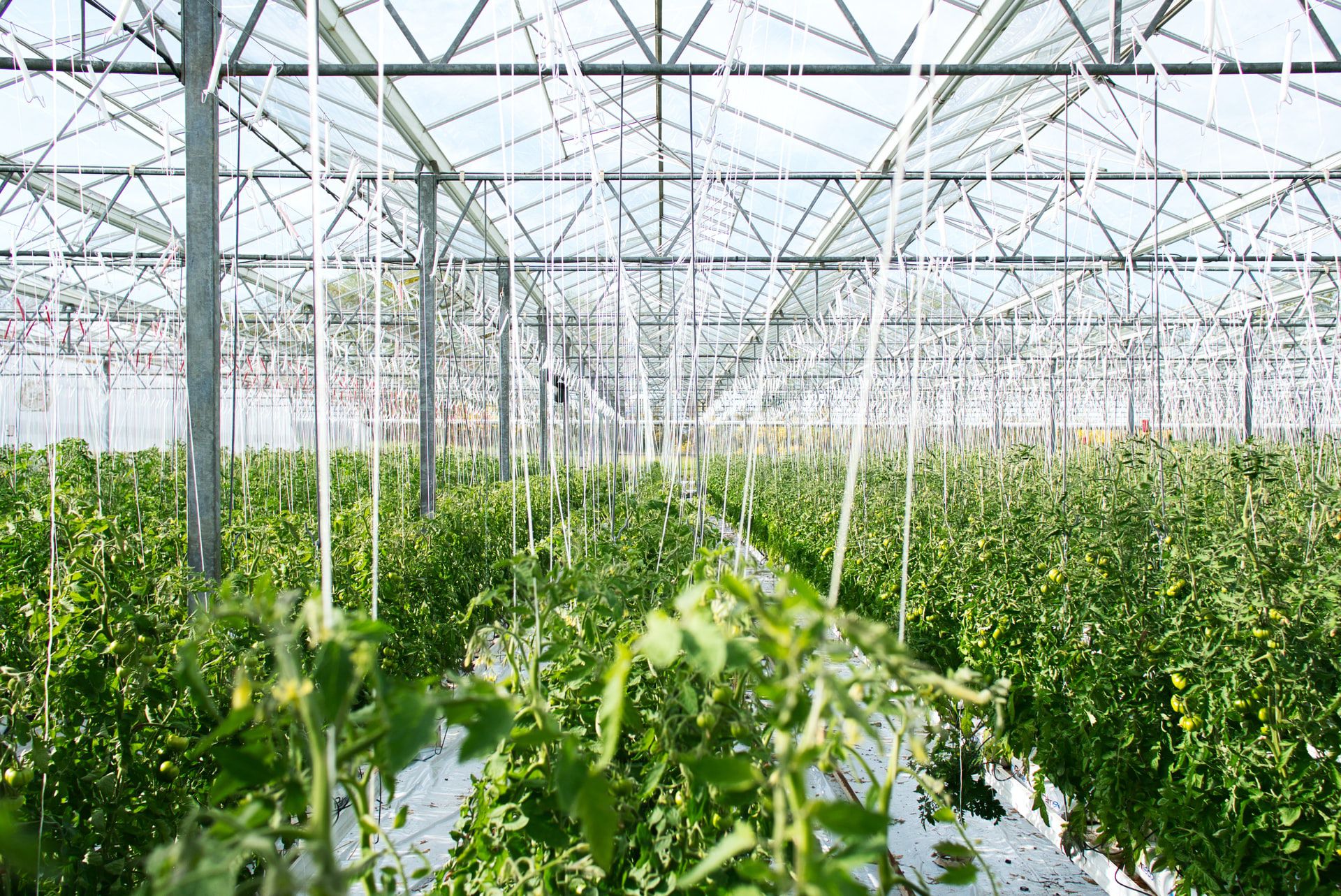In American pop culture artificial intelligence, or AI, is often portrayed as an ominous force, as machines that think like people but only far better and quicker, and with malicious intent. The Terminator movie franchise depicts a dystopian future where AI has achieved self-awareness and destroyed most of humanity, having perceived humans as its enemy. In 2001: A Space Odyssey the supercomputer HAL 9000 decides to kill the entire crew of a spacecraft to preserve itself. Movie AI is rarely the good guy.
A team of agricultural scientists from Gujarat, India would object to this depiction. They don’t see AI as the bad guy at all, but rather as a potentially valuable tool for promoting developing world agriculture and food security. In their version of the story, HAL doesn\’t kill you but instead shares secrets to optimizing irrigation and minimizing field losses to pests.
“AI-based equipment and machines have taken today’s agricultural system to a different level,” as lead author Manan Shah writes in an overview he and three other Gujarati scientists recently penned for the journal Artificial Intelligence in Agriculture. “This technology has enhanced crop production and improved real-time monitoring, harvesting, processing, and marketing” (https://www.sciencedirect.com/science/article/pii/S258972172030012X).

The team of Indian computer and chemical engineering experts say AI becomes powerful when paired with drones and robots, machines that marry fast processing speeds with global positioning systems (GPS) to pinpoint problem areas in farmers’ fields while keeping a careful, 24-7 eye on crops, monitoring how well and quickly crops are growing. Today such commercially available systems are expensive, but by helping farmers maximize production and keeping costs to a minimum they may one day pay for themselves. Other AI applications might achieve broader affordability even earlier, the study forecasts, such as software that can rapidly collect and analyze publicly available information over the internet to keep farmers ahead of droughts or market fluctuations. “Artificial intelligence makes it possible to assemble a large amount of data from government as well as public websites, analyze all of it, and provide farmers solutions to many ambiguous issues,” Shah et al. say.
But what is artificial intelligence? Forget Hollywood’s definition for a moment. AI generally means extremely capable software programs that can process information with such precision and skill that they seemingly possess a kind of logic-based “intelligence” but not one akin to humans as our intelligence is based on emotion and logic. An advanced real-life AI system might not develop an affinity for you as Arnold Schwarzenegger\’s Terminator did for a young John Connor, but it can perceive its environment, gather data, process it, and then make decisions based on that processed information to take actions that will increase its chances of success in whatever function it is programmed to succeed at. In their overview (and in a separate study the team published in the same journal), Shah et al. argue that AI\’s ability to act largely autonomously can prove valuable to smallholder farmers just as it benefits massive combine-driven operations because smallholder farms tend to be very labor-intensive, a rising concern as youth migrate to cities and rural populations everywhere grow older. “The main purpose of coming up with this technology is to replace human labor and produce effective benefits on small- as well as large-scale productions,” they said..
What can AI do for smallholder farms? As noted above, Shah et al. argue that AI can be used to augment human intelligence by monitoring and assessing crop conditions through drones or other devices and delivering reports alerting farmers to issues like infestations or weed incursions. This could eliminate much of the time farmers have to spend walking fields to check conditions directly. They also see promise in systems that can help farmers more efficiently irrigate fields via “automatic irrigation scheduling techniques” and “wireless technology for drip irrigation.” Other scientists have proposed developing advanced sensors that would monitor soil water conditions, allowing farmers to irrigate based on whether the soil is too dry rather than on a fixed schedule. Scientists also see promise in using AI for plant-by-plant application of pesticides whereby sensors attached to a pesticide sprayer might assess the level of harm an individual plant is exposed to and adjust spraying volumes accordingly, minimizing the use of chemicals. A farmer could then save time and money this way.
Much of this discussion is hypothetical, Shah’s team admits. Though AI may prove most beneficial to smallholder operations, the large agribusiness concerns are likely to deploy it first. Some already are, but Shah et al. caution that the deployment of AI in agriculture globally is “still at a nascent stage” whether one is farming thousands of acres or just a few. Cost is a major impediment to deployment, so here is a suggestion these scientists offer to any would-be agricultural innovators out there like those Grow Further might support: find ways to make AI cheaper, and then watch how it transforms farming everywhere. “The solutions need to become more affordable to ensure that the technology reaches the masses.”
— Grow Further




